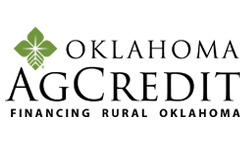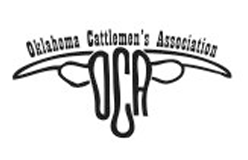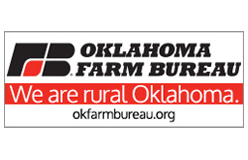
Senior farm and ranch broadcaster Ron Hays spoke with Sean Voskhul from AARP. Voskhul began with recognition of the vital role caregivers play across the country. Voskhul highlighted that “835,000 caregivers in Oklahoma provide that labor of love every day, taking care of individuals so they can stay at home where they want to be and out of costly institutions.” He emphasized the financial burden caregivers face, noting that “family caregivers, in our research spend on average $7,200 per year,” which has led Oklahoma to implement a caregiver tax credit. AARP is now advocating for a similar federal tax credit to ease financial strain on families who often have to reduce work hours or leave their jobs entirely.
Voskhul also discussed ongoing policy issues related to Medicare and Medicaid, particularly with open enrollment approaching. He stressed the importance of careful planning, saying, “Medicare is confusing, and you need that expert help to understand what you need to get.” He highlighted recent improvements, including an out-of-pocket cap of $2,000 on prescription drug costs and projected savings from Medicare negotiating lower drug prices starting in 2026. Additionally, he noted a federal income tax credit for Social Security recipients: “Starting in 2026 you’ll get a $6,000 back.”
The conversation then turned to AARP’s work in rural communities, where Voskhul highlighted the AARP Community Challenge grant program. Since 2017, AARP has invested approximately $10 million in rural initiatives, funding projects like community gardens, street safety improvements, and telehealth pods in libraries. Voskhul explained, “Many times communities who don’t have that big tax base can use this challenge grant to also bring down other dollars from other grants.” These grants aim to make rural communities more livable, connected, and resilient.
Voskhul stressed the demographic realities of rural America, noting that “for the first time ever, one in five people who live in rural areas are 65 years of age and older.” To address this aging population, AARP invests in telehealth, Wi-Fi access, and other essential services, ensuring older residents can age in place safely and maintain connection to their communities. He emphasized, “Rural America is a great place to live. We’ve got over 6 million members nationwide who live in rural communities. So we’re invested.”
The discussion also addressed AARP’s advocacy for preserving AM radio, which remains a critical communication tool for older Americans, especially during emergencies. Voskhul stated, “When you think about AM radio, obviously older Americans rely on AM radio for news, their weather, and disaster events. It’s a big safety issue.” He emphasized bipartisan support for legislation to sustain AM radio, calling it “a no brainer” and urging Congress to act.
Finally, Voskhul summarized AARP’s broad approach to improving quality of life for older Americans. From financial support for caregivers to healthcare policy, rural development, and emergency communication systems, AARP seeks to address both practical and systemic challenges. Voskhul reiterated the organization’s commitment: “It’s important that this legislation gets done… We support it. We’ve been advocating for several years.” The conversation highlighted AARP’s role as a trusted partner for older adults navigating complex social, financial, and technological landscapes.


















